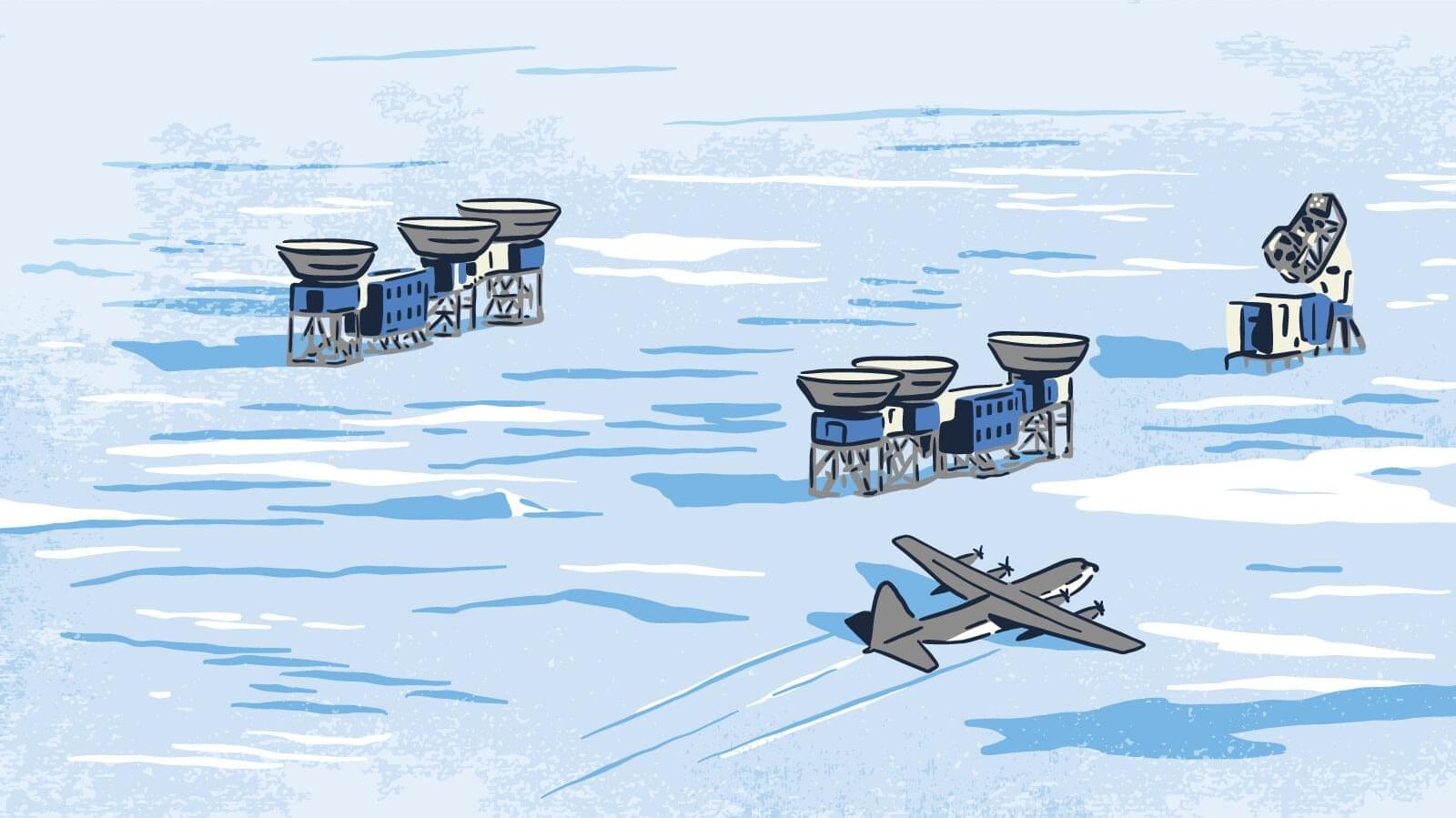An interesting glimpse into the adventurous world of neutrino research in Antarctica!
At McMurdo, Karle must wait for the weather to permit the final leg of the trip. “It is not uncommon to spend several days in McMurdo,” he says. (Karle’s record is 10.) When it’s time, he takes a 3.5-hour flight on a ski-equipped LC-130 aircraft to reach the South Pole. Anyone or anything else that goes to the South Pole must take a similarly tedious route.
There’s a reason scientists have endured the challenges of the climate, the commute and the cost for over half a century—since members of the US Navy completed the original Amundsen–Scott South Pole Station in 1957. Despite all the trouble it takes to get there, the South Pole is an unparalleled environment for scientific research, from climate science and glaciology to particle physics and astrophysics.
This sentiment was echoed by the Particle Physics Project Prioritization Panel in its 2023 report, a decadal plan for the future of particle physics research in the United States. Under its recommendation to “Construct a portfolio of major projects that collectively study nearly all fundamental constituents of our universe and their interactions,” the report prioritized support for five specific projects—two of which are located at the South Pole: cosmic microwave background experiment CMB-S4, the top priority, and neutrino experiment IceCube-Gen2, recommended fifth. Because of the high scientific priority of these projects, the report also urged maintenance of the South Pole site.
